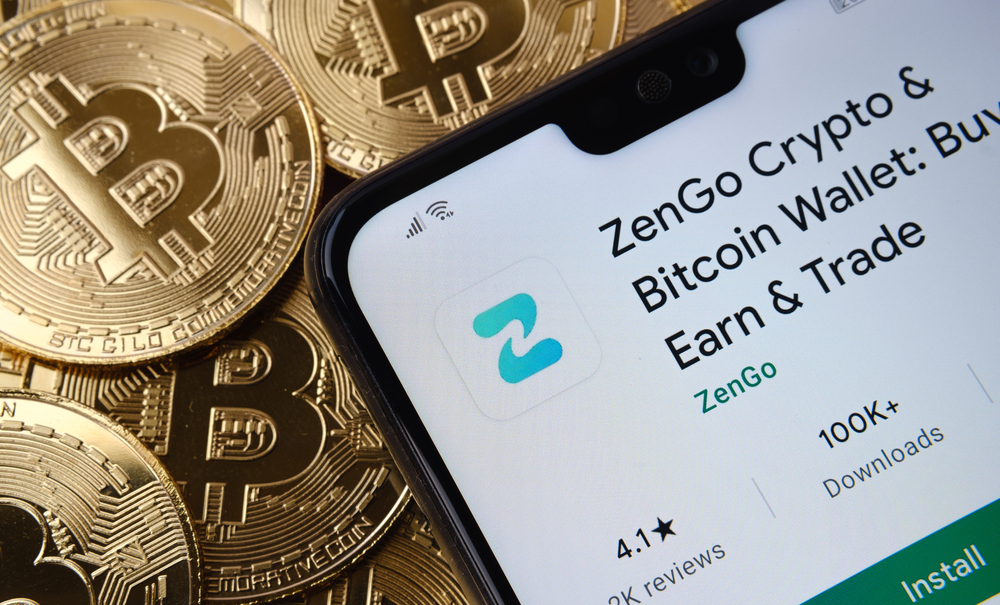There are numerous issues around security that the crypto industry players need to address to promote adoption. For example, many beginners find dealing with private keys for wallets to be challenging. Zengo aims to solve such problems. In this article, we will explore this innovative wallet to help you determine whether it’s ideal for storing your digital currencies.
Exploring Zengo Wallet
Zengo is a well-known hot wallet that supports the storage of hundreds of crypto assets. It was created in 2018 by three software developers, Ome Shlomovits, Tal Be’ery and Ouriel Ohayon. The trio aims to enhance security and usability for Web3 enthusiasts managing their digital assets.
Unlike most wallets, Zengo doesn’t use passwords or seed phrases. It employs MPC (multi-party computation) technology to ensure that user accounts are secured.
It is worth mentioning that the wallet was previously known as ZenGo before rebranding in 2023 to its current name. Since its creation, Zengo has attracted several investors, raising over $24 million in the process. Some of the investors include Samsung Next, FJ Labs, Collider Ventures, Benson Oak, and Elron.
What Cryptocurrencies Does Zengo Support?
As a multi-chain wallet, Zengo supports all tokens built on Polygon and Ethereum. You can also store Bitcoin. Note that the wallet doesn’t offer support for Tron, Arbitrum, Binance Smart Chain, and Optimism.
Crypto Trading on the Zengo Wallet
As mentioned earlier, Zengo is focused on improving the user experience for crypto users. That’s why it offers a simplified crypto trading process. The wallet’s user interface can be understood by anyone, making it easy for users to buy, swap, receive, send, and sell crypto assets.
Zengo Geographical Availablity
Zengo is available in more than 200 countries. However, as of January 2024, it lacks a presence in China and some US states.
Signing up for Zengo
Getting started with Zengo is easy. First, you need to download the wallet’s mobile app from the App Store or Play Store. After that, open it and hit the “Continue” button. Enter your valid email, tick the checkbox for Terms & Conditions and click “Continue” again. Next, pick a PIN for locking your crypto wallet.
On the next page, create a wallet recovery method. As stated earlier, Zengo doesn’t adopt any seed phrases. So, submit a face scan and provide your email as a recovery method. Once you do this, your Zengo wallet will be ready for use.
Does Zengo Have a Welcome Bonus/Offer?
Unfortunately no! However, it offers every user a referral link which they can use to invite friends to register an account with the wallet. If each friend makes a crypto purchase worth $500 or more, you will receive $10 in BTC.
Supported Payment Methods
You don’t need to purchase cryptocurrencies from a centralized exchange as a Zengo user. Instead, you can buy them within the wallet using your debit/credit cards, thanks to the integration of payment services like Banxa and MoonPay. Moreover, you can use the same payment services to convert your crypto to fiat.
Zengo’s Tools and Features
Security
As stated earlier, Zengo adopts MPC technology to safeguard user accounts. This technique is trusted by hundreds of institutions to protect their crypto holdings worth billions of dollars.
Legacy Transfer
This feature allows you to create a list of recipients you regularly send crypto to.
Web3 Firewall
This functionality is intended to alert and protect Zengo users against any threat within the Web3 industry.
24/7 Customer Support
Zengo’s customer support team is accessible through the live chat feature 24 hours a day. It offers timely assistance, thus improving user experience.
Can You Stake Cryptocurrencies on Zengo?
Yes! However, at the moment, you can only stake Tezos. Click the “Earn” button in the wallet to begin staking Token.
Conclusion
Zengo has made it easy for beginners looking to explore the Web3 space. They no longer have to deal with seed phrases. Moreover, the presence of reliable payment services like MoonPay offers users great on-ramp and off-ramp experience.
